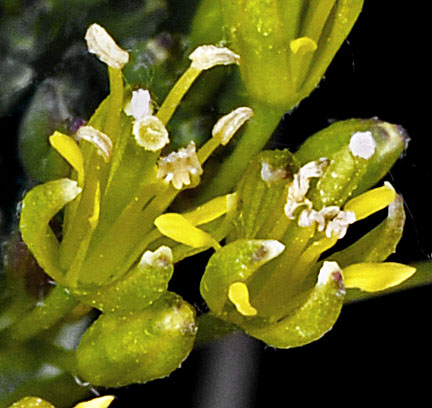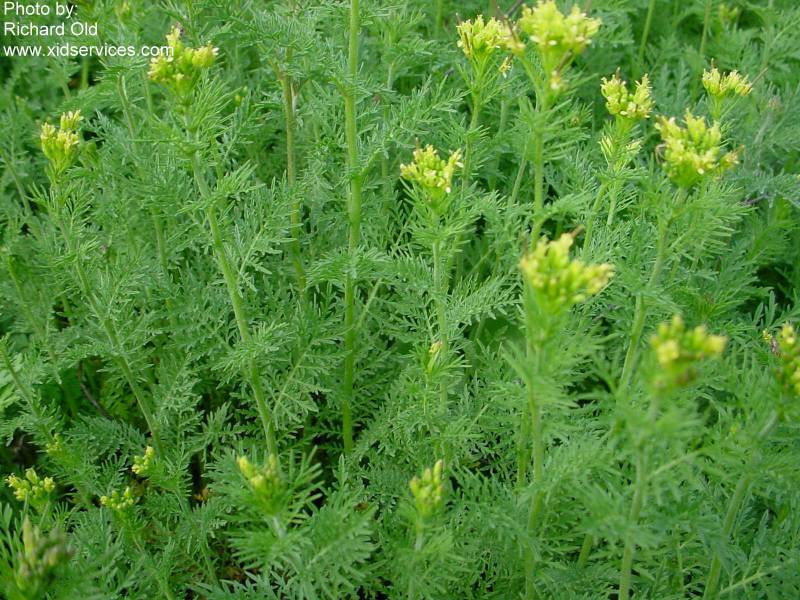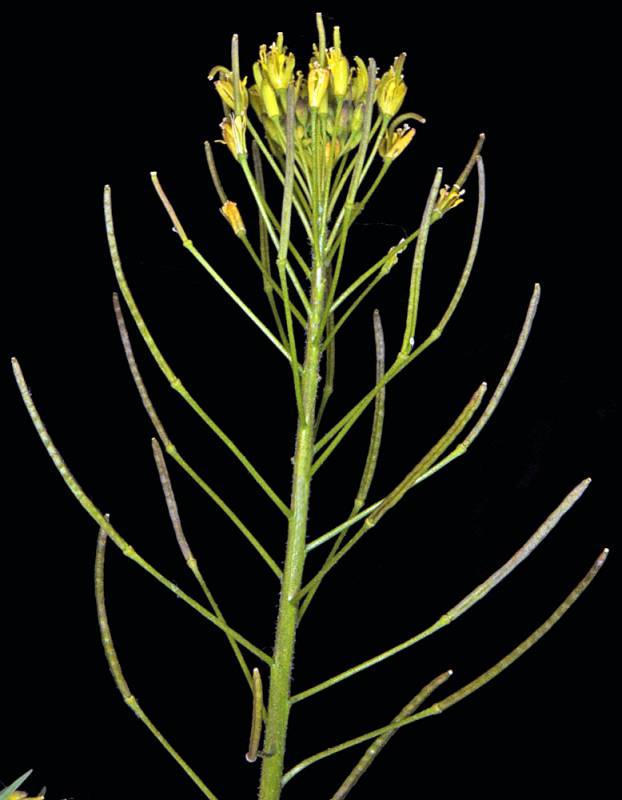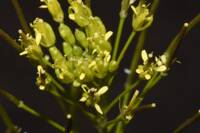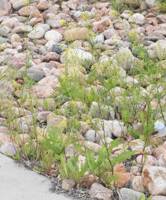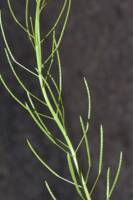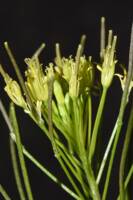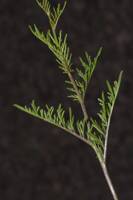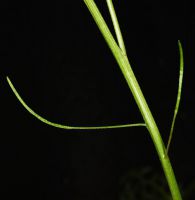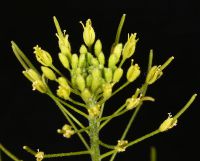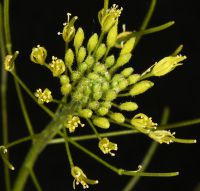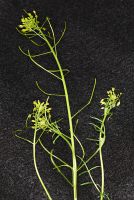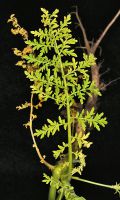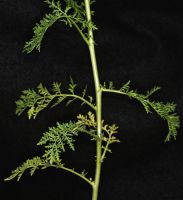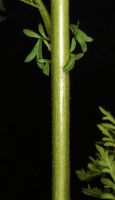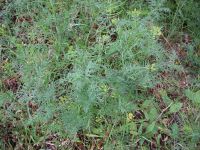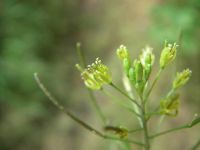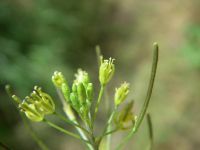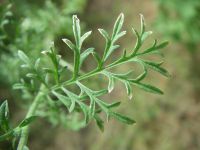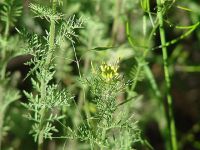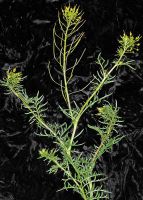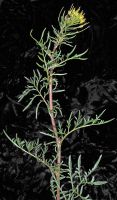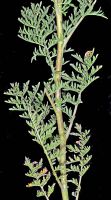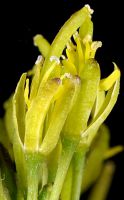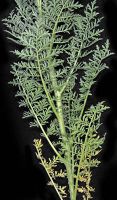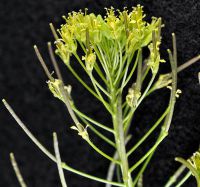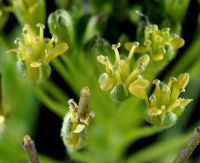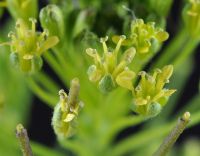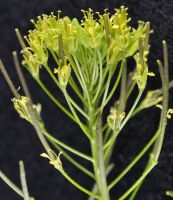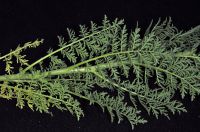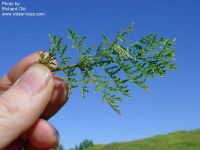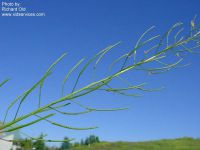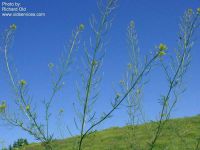Distribution: Occurring east of the Cascades in Washington; Alaska to California, east across North America to the Atlantic Coast.
Habitat: Weed of dry waste ground and other disturbed areas.
Flowers: March-July
Origin: Introduced from Eurasia
Growth Duration: Annual, Biennial
Conservation Status: Not of concern
Pollination: Bees, flies
Finely stellate, grayish annual, the stems 3-10 dm. tall, usually branched above and also occasionally branched below.
Leaves alternate, mainly cauline, numerous, 2-10 cm. long, oblong-ovate to oblanceolate, repeatedly compound into linear segments 1 mm. long.
Inflorescence of bractless racemes that are often half the length of the plant; pedicles slender, about 10 mm. long; sepals 4, spreading, 2-2.5 mm. long, greenish; petals 4, yellowish, filiform, spatulate, shorter than the sepals; stamens 6, well exerted; stigma sessile.
Siliques nearly erect, terete, linear, 2-3 cm. long and 1-1.5 mm. broad, somewhat lumpy, rounded at the tip; seeds in 1 series.
Publication: Nat. Pflanzenfam. 55(III,2): 192. 1891.
PNW Herbaria: Specimen records of Descurainia sophia in the Consortium of Pacific Northwest Herbaria database
WA Flora Checklist: Descurainia sophia checklist entry
OregonFlora: Descurainia sophia information
E-Flora BC: Descurainia sophia atlas page
CalPhotos: Descurainia sophia photos

